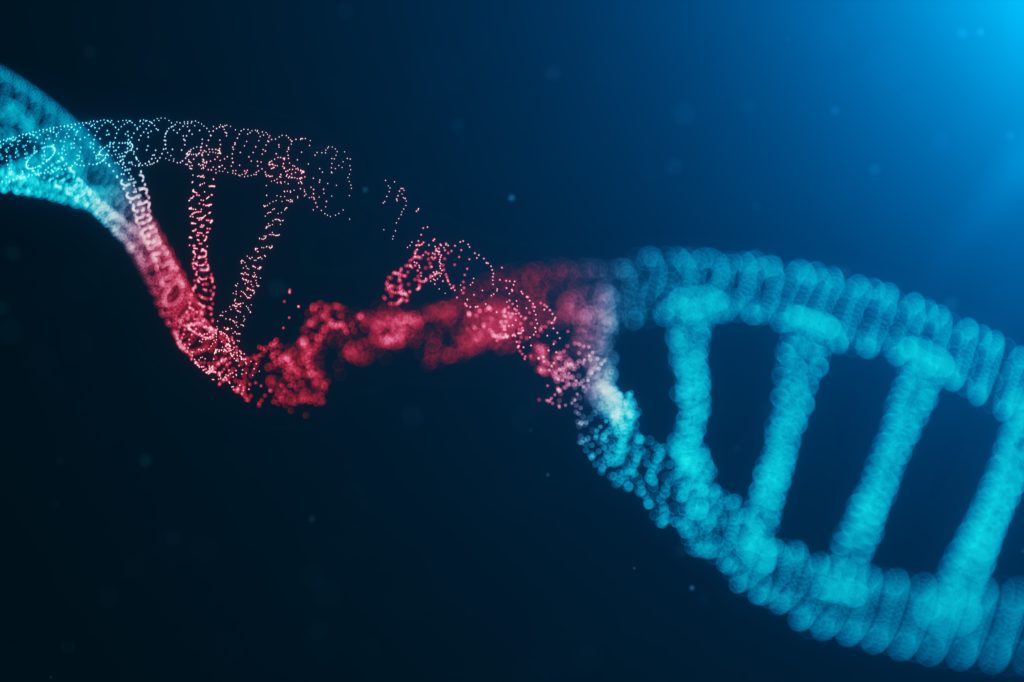An interesting paper appeared several months ago in an issue of the journal Genetics, “Waiting for Two Mutations: With Applications to Regulatory Sequence Evolution and the Limits of Darwinian Evolution” (Durrett, R & Schmidt, D. 2008. Genetics 180: 1501-1509). This is the fourth of five posts that discusses it. Cited references will appear in the last post.
Now I’d like to turn to a couple of other points in Durrett and Schmidt’s reply which aren’t mistakes with their model, but which do reflect conceptual errors. As I quote in a previous post, they state in their reply, “This conclusion is simply wrong since it assumes that there is only one individual in the population with the first mutation.” I have shown previously that, despite their assertion, my conclusion is right. But where do they get the idea that “it assumes that there is only one individual in the population with the first mutation”? I wrote no such thing in my letter about “one individual”. Furthermore, I “assumed” nothing. I merely cited empirical results from the literature. The figure of 1 in 10^20 is a citation from the literature on chloroquine resistance of malaria. Unlike their model, it is not a calculation on my part.
Right after this, in their reply Durrett and Schmidt say that the “mistake” I made is a common one, and they go on to illustrate “my” mistake with an example about a lottery winner. Yet their own example shows they are seriously confused about what is going on. They write:
“When Evelyn Adams won the New Jersey lottery on October 23, 1985, and again on February 13, 1986, newspapers quoted odds of 17.1 trillion to 1. That assumes that the winning person and the two lottery dates are specified in advance, but at any point in time there is a population of individuals who have won the lottery and have a chance to win again, and there are many possible pairs of dates on which this event can happen…. The probability that it happens in one lottery 1 year is ~1 in 200.”
No kidding. If one has millions of players, and any of the millions could win twice on any two dates, then the odds are certainly much better that somebody will win on some two dates then that Evelyn Adams win on October 23, 1985 and February 13, 1986. But that has absolutely nothing to do with the question of changing a correct nucleotide to an incorrect one before changing an incorrect one to a correct one, which is the context in which this odd digression appears. What’s more, it is not the type of situation that Durrett and Schmidt themselves modeled. They asked the question, given a particular ten-base-pair regulatory sequence, and a particularsequence that is matched in nine of ten sites to the regulatory sequence, how long will it take to mutate the particular regulatory sequence, destroying it, and then mutate the particular near-match sequence to a perfect-match sequence? What’s even more, it is not the situation that pertains in chloroquine resistance in malaria. There several particular amino acid residues in a particular protein (PfCRT) have to mutate to yield effective resistance. It seems to me that the lottery example must be a favorite of Durrett and Schmidt’s, and that they were determined to use it whether it fit the situation or not.
